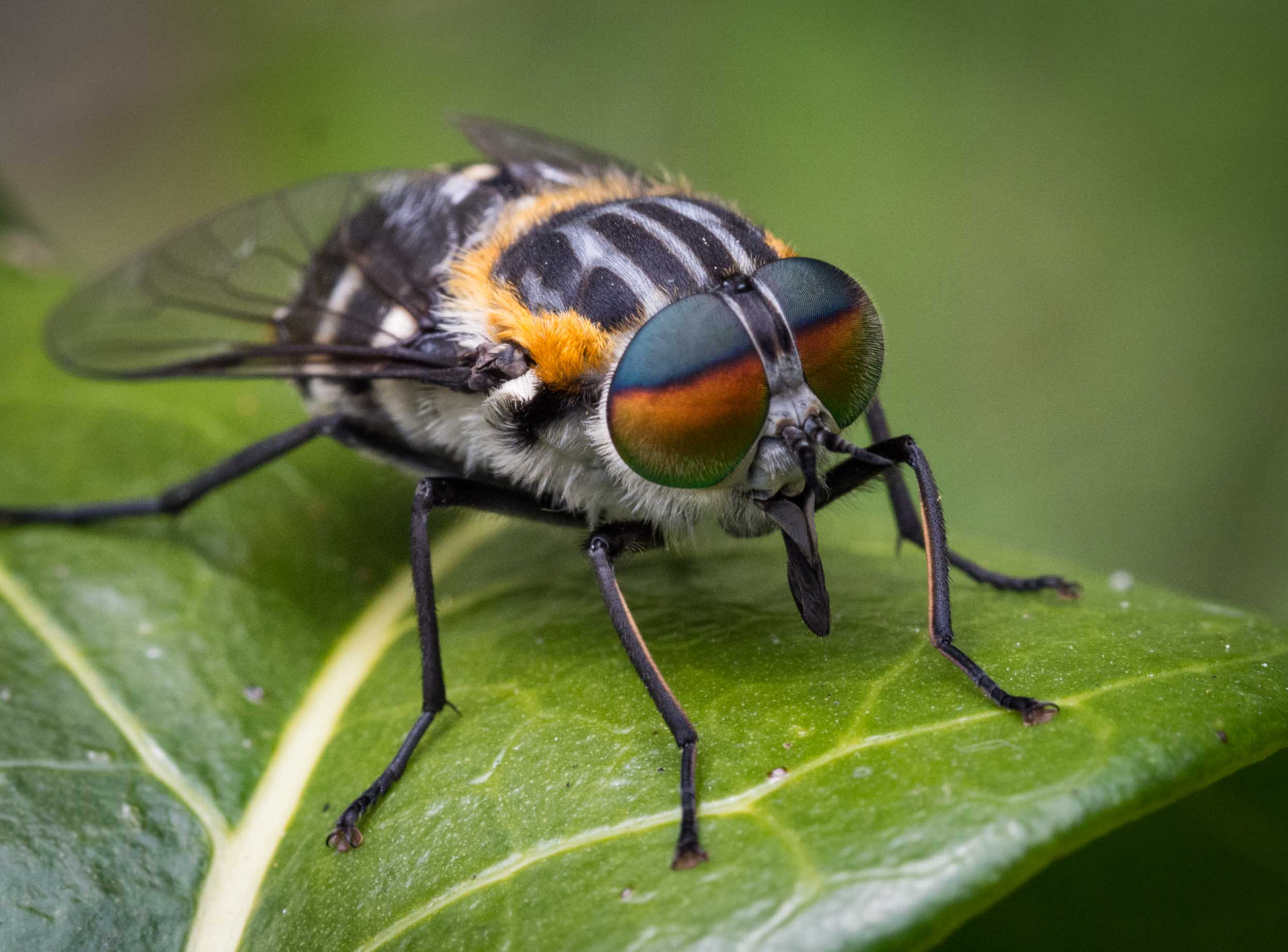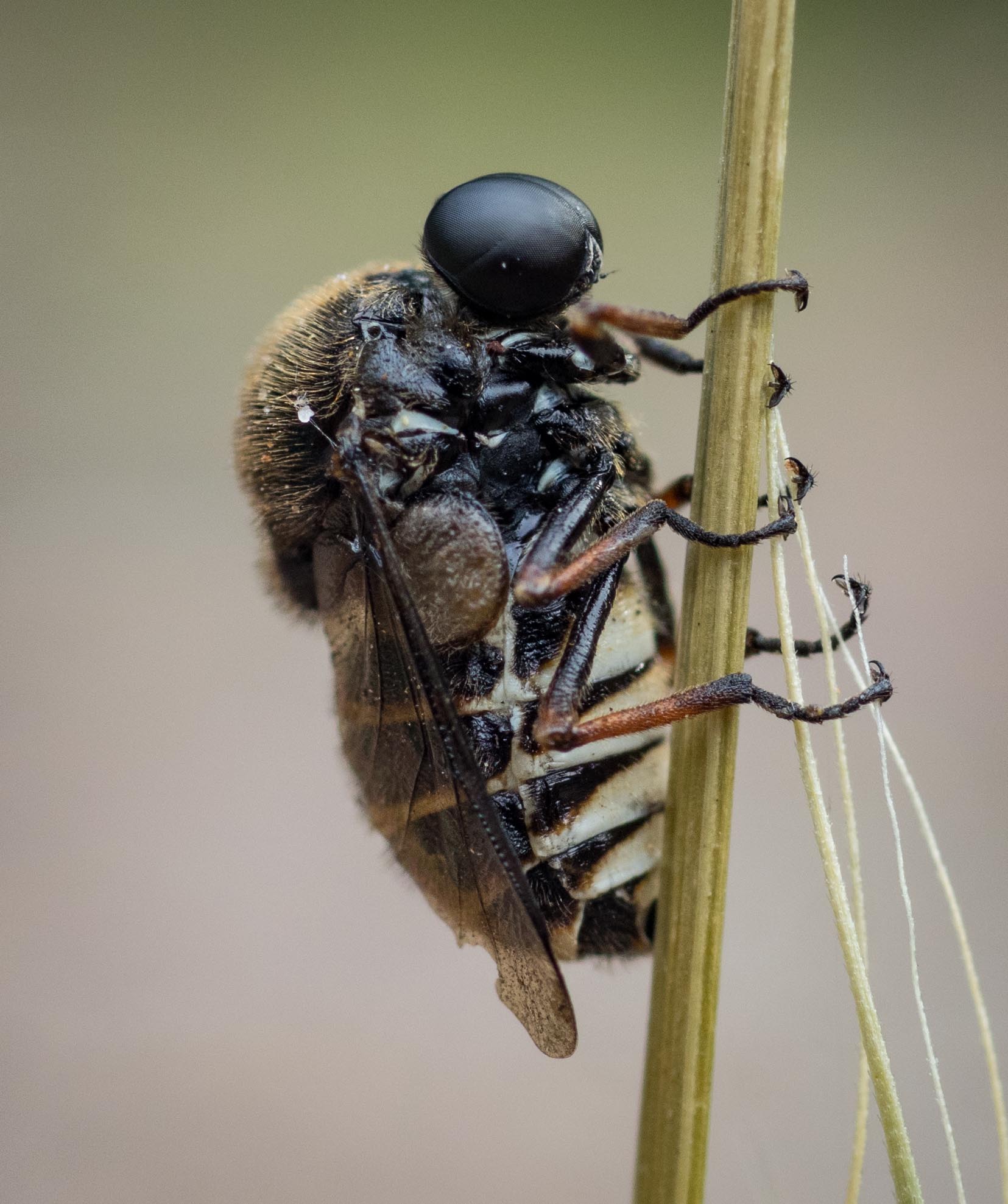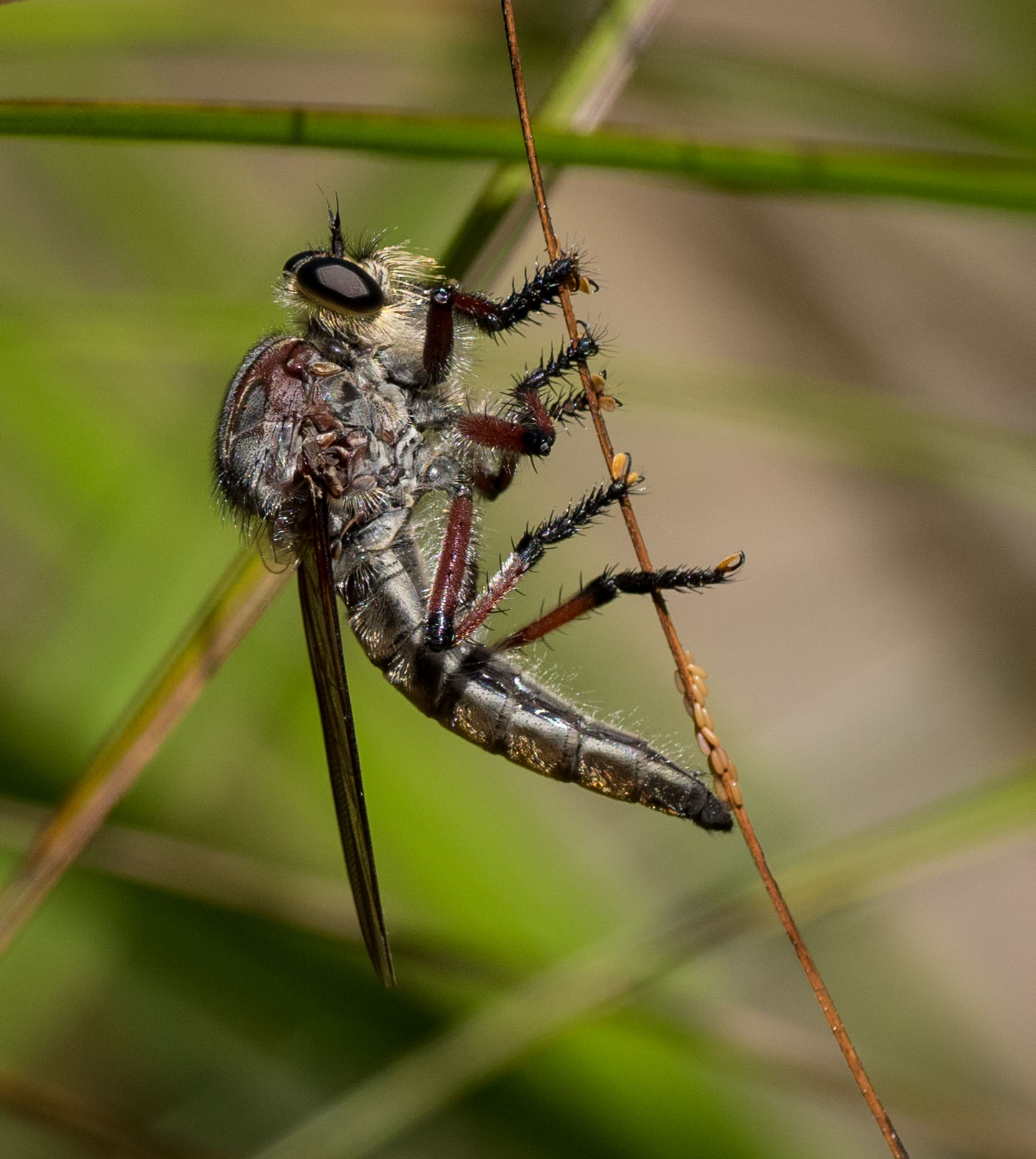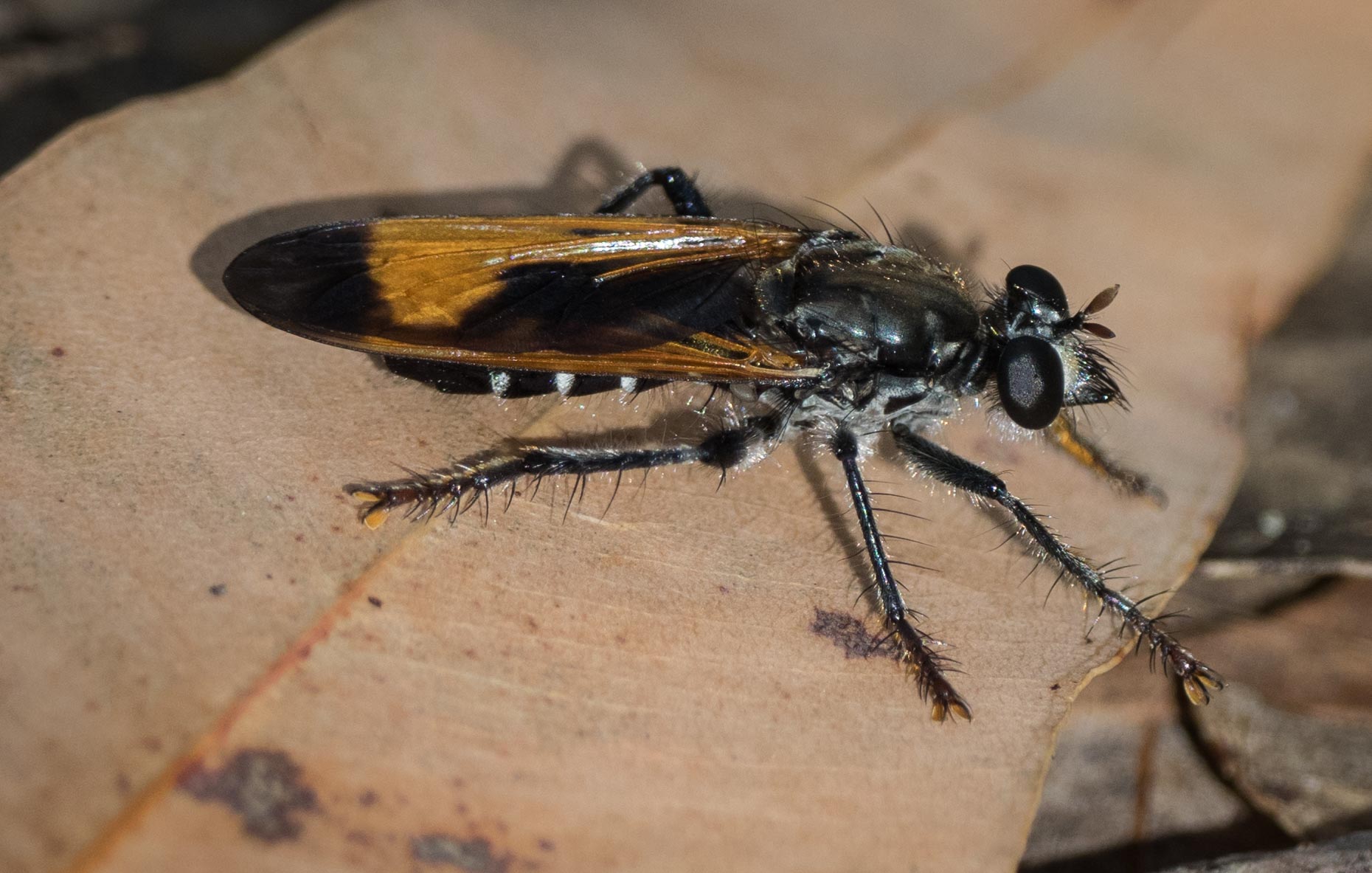Spring's early changes are gradual and subtle
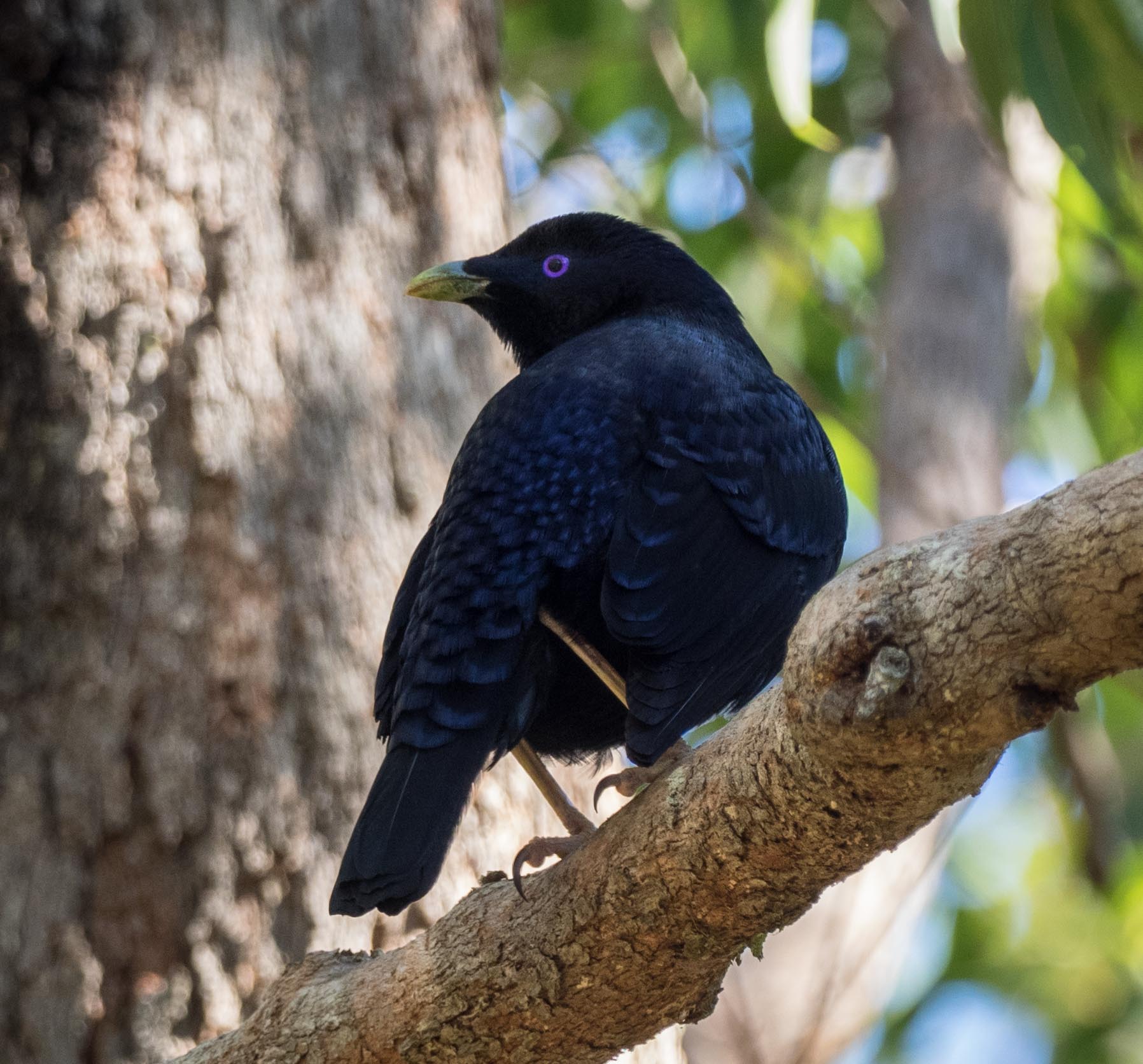
After the sudden termite swarming of last week, the pace of the seasonal shift has slowed and changes in the forest have become less obvious. Yet there are changes ...
Some birds have gone missing while others are making their presence known. Many of the resident small birds that we see all winter have suddenly become scarce. The Superb Fairy-wrens, Brown Thornbills and Eastern Yellow Robins have all retreated into the denser vegetation, no doubt beginning to nest in earnest.
Even the Eastern Spinebills only appear in brief feeding frenzies, before they too head back under cover. We have large 'no-go' patches of bush on the block and the birds clearly favour these areas for nesting. It is amazing how tolerant they are of us moving about the forest if we stay on the tracks where they expect us to be.
Eastern Spinebill specialise in taking nectar from tubular flowers such as Epacris.
Epacris impressa flowers for most of the year, but it is perhaps at its most impressive during August.
Fan-tailed Cuckoos lay their eggs in Fairy-wren and Thornbill nests, and the cuckoos' distinctive trills betray their timely return to the southern forests. Golden Whistlers have also returned in numbers, and their musical calls indicate that they too are establishing territories and preparing to breed.
Mature male Golden Whistler.
There are still very few insects about, so insectivores like the Golden Whistler will be working hard to find enough to eat. But there are signs of change. We occasionally see small clouds of tiny flying 'midges', and a closer look at the forest floor also reveals increased activity.
We watched two Swift Spiders hunting about the leaf litter. These small spiders certainly live up to their names. They are so fast! Swift Spiders reportedly hunt ants but I suspect they are quite opportunistic. We watched them also dash up the stems of low forbs, only to leap off the top. Perhaps they were chasing flies ... there were quite a few sluggish dipterans in the same area.
White-spotted Swift Spider (Nyssus albopunctatus)
We spotted a variety of flies, usually resting on low vegetation. None were in large numbers.
This small, fat-bodied dipteran is probably in the family Lauxaniidae. Lauxanid larvae feed in rotting leaf litter.
At first glance, I wasn't sure what this tiny bundle of wings and legs actually was. A closer look revealed a very small Robber Fly (< 10mm long) with a firm grasp on a long-legged insect that I think is a very small Crane Fly. Next task for me: try to identify both!
There are still very few spiders to be seen. This small orb web caught our attention, not only because it was shining in the sun but because webs are still scarce - a situation likely to change dramatically in coming weeks.
Of course, Spring also brings flowers. The tall, White Stringybark trees (Eucalyptus globoidea) are covered in blossom, keeping the returning Yellow-faced and White-naped Honeyeaters busy in the canopy. The parasitic mistletoe, a significant canopy component, is also in bloom.
Closer to the ground, several forbs and shrubs are also adding splashes of colour.
Bossiaea cordifolia
Hardenbergia violacea (Purple Coral-pea)
Pink Beard-heath (Leucopogon ericoides) has just begun to flower in earnest.
Leucopogon ericoides
With the flowers starting to open, it shouldn't be long before we start to see more butterflies. So far I've seen only two and, unsurprisingly, very few caterpillars either. Most lepidopteran larvae would have overwintered as pupae, although there are some moth caterpillars about already.
Camouflaged by a case of dry leaves, this is probably a moth larva of the family Psychidae. 'Bag moths' pupate within their larval construction, so it is possible that this case actually contains a pupa rather than a feeding caterpillar. If the case is still there in the morning, I may collect it and see what emerges. The only complication is that females are wingless and don't actually emerge but rather are mated by visiting winged males.
While on a search for caterpillars yesterday, we came upon this small weevil. It is just 10mm long and quite inconspicuous.
Gonipterus sp., I think.


















